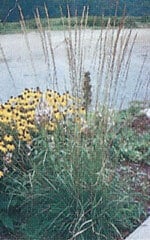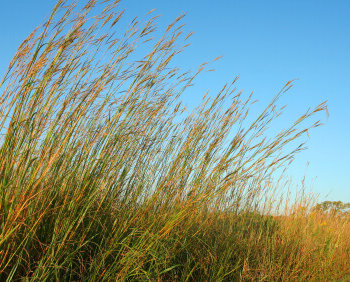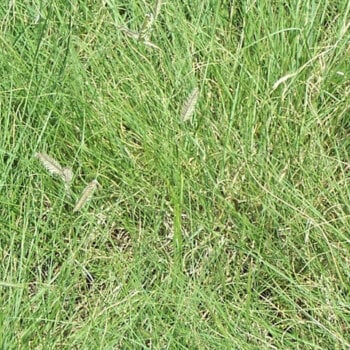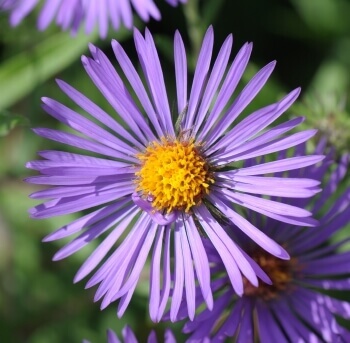Description
Sideoats Grama Seeds 8075 (Bouteloua curtipendula). Native of Canada. Perennial.
350 seeds/gram
One of the most attractive flower stalks of the native grasses. Bracts hang uniformly from one side of the stem and have bright purple-red anthers with white stigmas. Eventually small oat-like seeds grace the flower side of the stem. Excellent in loamy and dry soils but not aggressive when planted with other tall grasses. Due to its non-aggressive, semi-clumping nature, Sideoats Grama is an excellent choice for planting with wildflowers in a meadow landscape. Seeds provide food for numerous song and game birds. Plant height ranges from 60-90 cm. This perennial warm season grass is hardy to Zone 3. For many native and perennial plants, late fall is the best time to sow seed directly outside. Why you ask? Simply put, many of these plants produce seed that is viable but dormant. This means allowing seeds to naturally stratify over window will “wake up” the dormant seed for best results.
How to Grow
Native grasses do best when planted in the fall, between Oct. 15th and Nov. 15th. A late fall sowing naturally stratifies any seed that may be dormant. Side Oats Grama will also do well when sown in the spring. Keep in mind that should ideal growing conditions not occur, the seed may go dormant and not germinate until the spring of the following year.
Many native plants will not bloom until the second year of growth when grown from seed. Avoid the use of supplemental fertilizer as this encourages weeds at the expense of the native plants. During the establishment year, native species plantings should be watered when dictated by the weather. The following year’s growth adapts easily to local climate and soil conditions needing only what nature provides. Mow to 20 cm height at least once through the first year of growth should aggressive weeds threaten to take over the planting and again after the fall frosts have reduced annual foliage. Consider a controlled burn of prairie species where municipal laws permit. The encroachment of woody or non-prairie vegetation is curtailed by fire allowing the prairie community to thrive.





